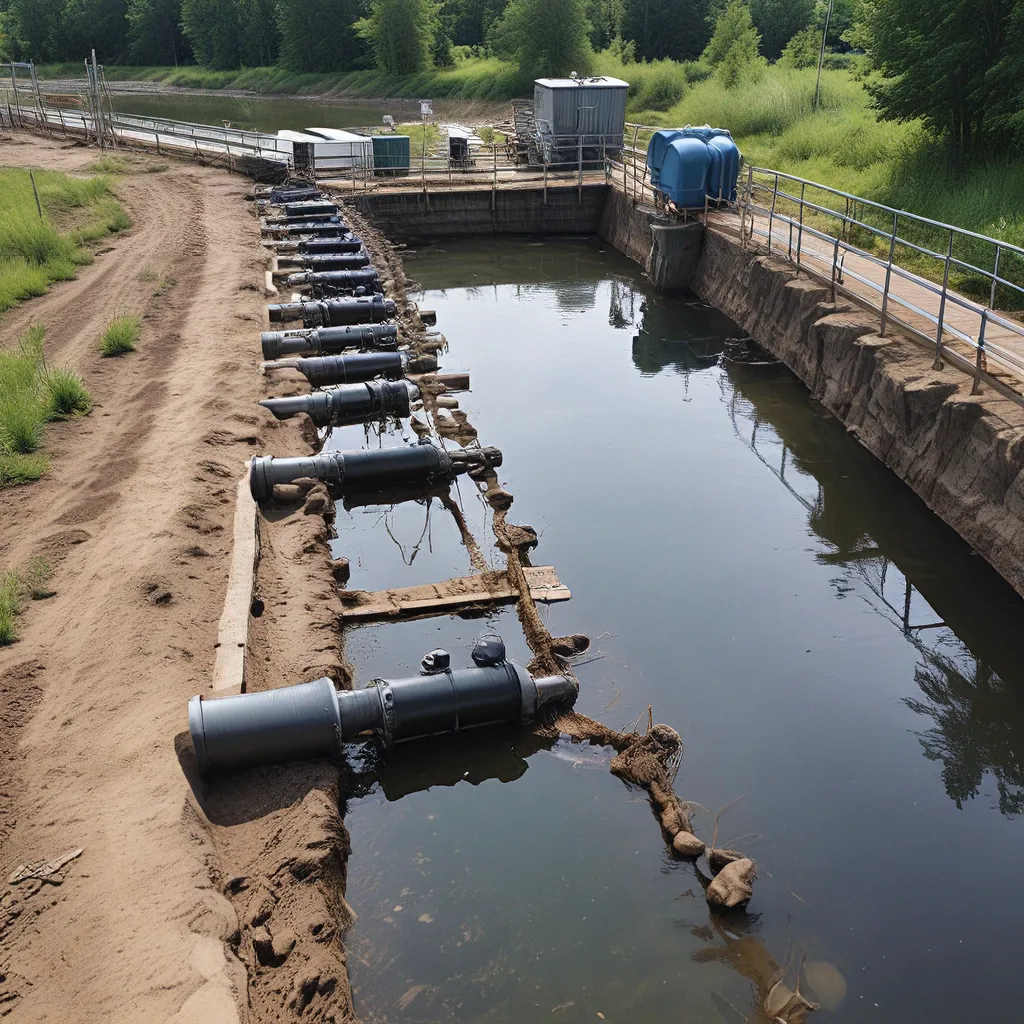
As the world grapples with the ever-growing challenge of sustainable resource management, the role of wastewater treatment has become increasingly crucial. It’s not just about cleaning dirty water – it’s about fostering a sense of environmental stewardship and community engagement. And let me tell you, I’ve seen firsthand how this plays out in the real world.
Embracing the Water Stewardship Mindset
You know, when I first started working in the wastewater industry, I’ll admit, I didn’t fully grasp the bigger picture. I was focused on the technical aspects, the nitty-gritty of filtering and disinfecting. But as I delved deeper, I realized that water stewardship is about so much more than that.
It’s about understanding the interconnectedness of our natural resources and the communities they support. It’s about recognizing that our actions, whether in the lab or the boardroom, have a profound impact on the world around us. And it’s about embracing a mindset of responsibility and sustainability – not just for our own bottom line, but for the wellbeing of the planet and the people who call it home.
Assessing and Reducing the Footprint
One of the key aspects of corporate water stewardship is assessing and reducing a company’s water footprint. This involves evaluating water usage throughout the entire supply chain – from raw material extraction to manufacturing processes and product distribution. By identifying areas of high water consumption, companies can implement strategies to improve water use efficiency and minimize wastewater generation.
But it doesn’t stop there. Businesses are also investing in innovative technologies and practices to treat and reuse water. By adopting advanced water treatment solutions, they’re able to reduce their impact on freshwater resources and contribute to the overall preservation of ecosystems. It’s a win-win situation – for the environment and for the bottom line.
Collaborating for Collective Impact
Another crucial aspect of corporate water stewardship is collaboration with key stakeholders. This includes local communities, governments, and non-governmental organizations. By working together to address water-related challenges, these partnerships foster a shared responsibility and contribute to the development of sustainable water management practices.
I’ve seen firsthand how this collaborative approach can make a real difference. Take the example of a local wastewater treatment plant that partnered with a nearby community garden. By treating and reusing the plant’s wastewater, the garden was able to thrive, providing fresh produce to the neighborhood and reducing the strain on local water resources. It’s a beautiful example of how water stewardship can have a ripple effect, benefiting both the environment and the community.
Transparency and Accountability
Transparency and disclosure are crucial components of effective corporate water stewardship. Many companies now publish water-related information in their sustainability reports, providing stakeholders with insights into their water management practices, goals, and achievements.
This transparency not only enhances accountability, but it also encourages other businesses to follow suit. When companies are open and honest about their water stewardship efforts, it inspires others to step up and do their part. It creates a culture of environmental responsibility that can have far-reaching impacts.
Championing Water Stewardship
As I’ve discovered, corporate water stewardship is not just about safeguarding water resources; it’s a strategic imperative for businesses in today’s world. By actively managing and reducing their water footprint, collaborating with stakeholders, investing in sustainable technologies, and promoting transparency, companies can play a pivotal role in safeguarding water resources for current and future generations.
And let me tell you, the companies that are truly championing water stewardship? They’re the ones that are enhancing their overall ESG performance, fostering trust with environmentally conscious consumers and investors, and contributing to a more sustainable and socially responsible business model.
The Journey Ahead
The water stewardship journey is an ongoing process, one that requires continuous assessment, goal-setting, and progress tracking. But the rewards are well worth the effort. By embracing this mindset, companies can enhance their resilience, sustainability, and long-term viability – all while making a positive impact on the communities and ecosystems they serve.
So, if you’re ready to embark on your own water stewardship journey, I encourage you to explore the resources and tools available, connect with industry leaders, and start taking actionable steps toward a more sustainable future. After all, water is the lifeblood of our planet, and we all have a responsibility to protect it.
And who knows, maybe your wastewater treatment company can be a shining example of how environmental stewardship and community engagement can go hand in hand. I, for one, can’t wait to see what the future holds for this vital and ever-evolving field. Let’s dive in and make a difference, one drop at a time.